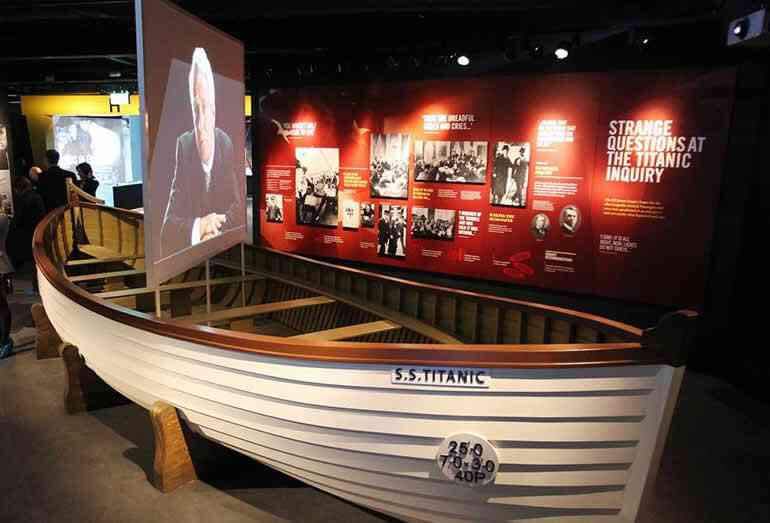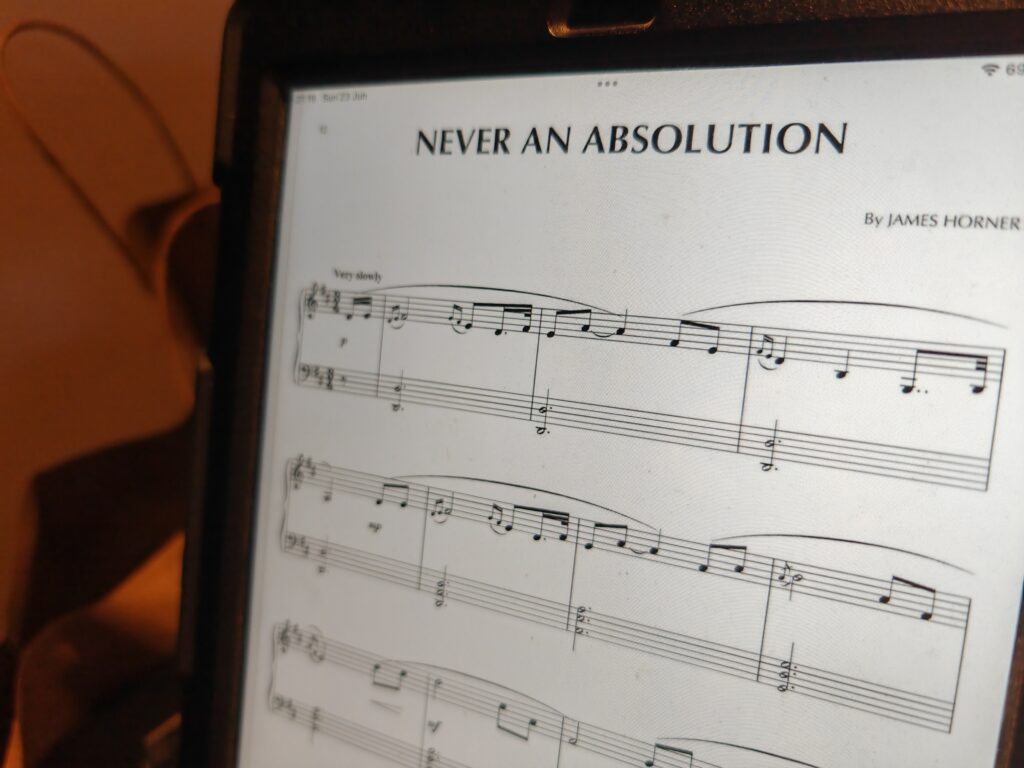As a passionate musician and an admirer of James Horner’s remarkable compositions, delving into the Titanic Suite on my Yamaha Tyros 4 has been an incredible experience. The Tyros 4, with its extensive array of orchestral sounds, provides a perfect platform to bring Horner’s evocative score to life.
Setting the Scene
The Titanic Suite, with its rich and emotional tapestry, captures the grandeur and tragedy of the Titanic’s voyage. The suite’s blend of strings, horns, and other orchestral elements is both haunting and majestic. Recreating this on the Tyros 4 requires a keen ear and a bit of technical know-how to fully harness the keyboard’s capabilities.
Choosing the Right Sounds
The Tyros 4 is renowned for its realistic instrument voices, especially in the orchestral department. Here’s a breakdown of the key sounds used to replicate the Titanic Suite:
- Strings: The lush, expressive string sounds on the Tyros 4 are essential for capturing the suite’s sweeping melodies. I use a combination of “Symphonic Strings” and “Orchestral Strings” to achieve the depth and warmth needed.
- Horns: James Horner’s use of brass is iconic. The “French Horn” and “Trumpet” voices on the Tyros 4 deliver the powerful and soaring horn lines that are a signature of the Titanic score.
- Woodwinds and Choirs: For the more subtle and atmospheric sections, the “Flute,” “Clarinet,” and “Choir” voices add the necessary texture and nuance.

Layering and Effects
One of the strengths of the Tyros 4 is its ability to layer sounds and apply effects to enhance the overall performance:
- Layering: By layering multiple string voices, I can create a fuller, more resonant sound. For example, combining “Orchestral Strings” with “Slow Strings” gives a rich, enveloping string section.
- Effects: Reverb and chorus effects are crucial for adding depth and space to the sound. The Tyros 4’s built-in DSP effects allow me to simulate the acoustics of a grand concert hall, which is perfect for the Titanic Suite’s expansive feel.

Rehearsing the Suite
Rehearsing the Titanic Suite involves more than just playing the notes. It requires a deep understanding of the emotional landscape Horner created:
- Dynamics and Expression: Paying close attention to dynamics is essential. The Tyros 4’s touch-sensitive keys it enables me to convey the subtle crescendos and decrescendos that give the music its emotional impact.
- Phrasing and Timing: The suite has many tempo changes and nuanced phrasing. Practicing with a metronome helps in mastering the timing, while the Tyros 4’s recording feature allows for playback and review, which is invaluable for refining performance.
- Interpretation: Each performance of the Titanic Suite is an opportunity to explore different interpretations. Sometimes, I emphasize the tragic elements, while other times I focus on the majestic and hopeful aspects of the music.
Final Performance
After countless hours of practice and experimentation, performing the Titanic Suite on the Tyros 4 is a deeply rewarding experience. The combination of the keyboard’s advanced features and Horner’s timeless music creates a captivating auditory journey.

Conclusion
Playing and rehearsing James Horner’s Titanic Suite on the Yamaha Tyros 4 is a profound musical journey. The keyboard’s orchestral capabilities and expressive potential make it an ideal instrument for bringing this iconic score to life. Whether you’re a seasoned musician or an avid fan of Horner’s work, exploring the Titanic Suite on the Tyros 4 offers a unique and fulfilling way to connect with this masterpiece.